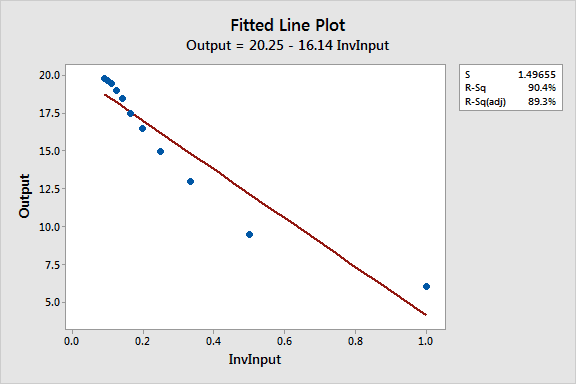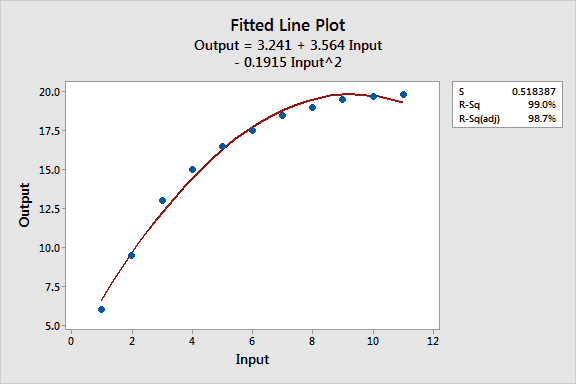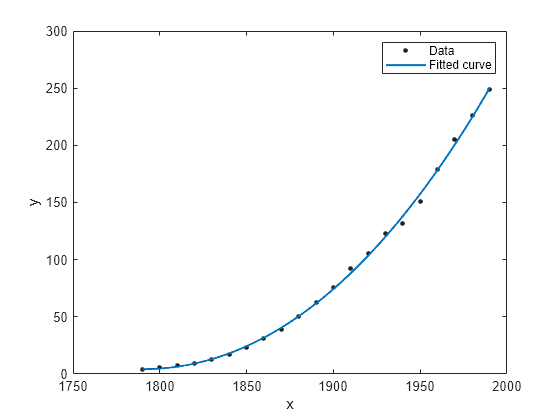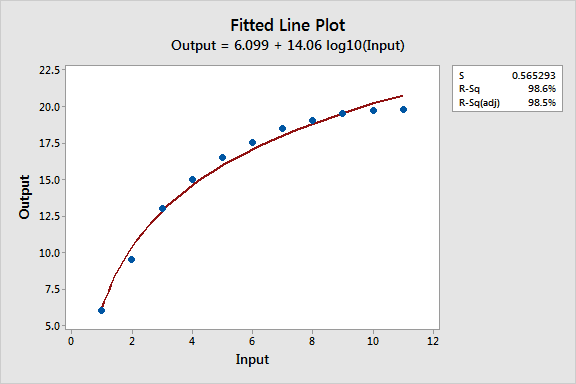How to Determine Which Peak Fitting Function to Use
The data fits and residuals are shown below. Hit F8 key or go to menu Tools.

Standard Deviation Formula Standard Deviation Earned Value Management Formula
The centroids amplitudes and widths of the various line shapes are either fixed or varied to best fit the data.

. 2 The data used for the fits is limited to the surrounding of the peaks so the data of the second peak does not influence the fitting for the first peak and vice versa. A new pop-up will appear asking if you want to keep the new values or revert to your original values. Each peak is then considered a separate entity.
Click Next to go to Name and Type page select PFW category from Select or create a. Select fikeep solver solutionfl and click the fiOKfl button. The full width at half maximum FWHM can be summarized as.
Fitting Gaussian curve 2. PeakFit actually uses a closed-form solution to precisely calculate the function analytically. Fit the dummy Gaussian data pars cov curve_fit fgaussian xdatax_dummy ydatay_dummy p0 5 -1 1 bounds -npinf npinf This time our fit succeeds and we are left with the following fit parameters and residuals.
When your intrinsic line profile is Lorentz you _should_ use the Voigt profile to fit the peak. There are general 6 steps in defining a peak function. From lmfitmodels import LorentzianModel ConstantModel import numpy as np import matplotlibpyplot as plt x y nploadtxtPeakstxt unpackTrue peaks_in_interval nparray43 159 191 296 435 544 number_of_peaks lenpeaks_in_interval amplitude ypeaks_in_interval 5 width npzerosnumber_of_peaks 01 center xpeaks_in_interval.
Both models appear to fit the data well and the residuals appear to be randomly distributed around zero. To be sure the. Fit_y Gaussxdata fit_A fit_B pltplotxdata ydata o labeldata pltplotxdata fit_y.
The best fit values for A C and k will now be in cells G1G3. The peak model is given and fixed all peaks are fitted by the same model but its particular form which will be input can be Gaussian or Lorentzian or some other customized functions. How to determine which type of peak Gaussian Lorentzian or Voigt should be used to fit the data.
How to know many peaks should be fitted. Curve fitting is the process of constructing a curve or mathematical function that has the best fit to a series of data points possibly subject to constraints. Now click on fiSolvefl.
Profile Fitting models each diffraction peak with an empirical equation The experimental data are empirically fit with a series of equations Each diffraction peak is fit using a profile function The background is also fit usually using a polynomial function this helps to separate intensity in peak tails from background. Gaussian Peak Fit VI. You have asked several questions.
If the shape of peaks is known the most general way to measure the areas of overlapping peaks is to use some type of least-squares curve fitting as is discussed in the three following sections. In LabVIEW you can use the following VIs to calculate the curve fitting function. For FWHA i found manually method.
Integrate area from center of peak to infinity 3. A related topic is regression analysis which. The program will alter your initial values to fit the data.
Refer to the LabVIEW Help for information about using these VIs. Find x-value at 50 of integrated area 4. To do this we will calculate values of y using our function and the fit values of A and B and then we will make a plot to compare those calculated values to our data.
The position intensity width and shape of each diffraction peak is empirically fit Each diffraction peak is fit independently of others unless constraints are explicitly imposed This is a precise way to determine information about the peaks but further work is required to extract meaning from the data Whole Pattern Fitting. PeakFit has four different Voigt functions so you can fit the parameters youre most interested in including the individual widths of both the Gaussian and Lorentzian components and also the amplitude and area of the Voigt function. Once the bell-shaped function or peak is fitted to the data for example a Gaussian.
The number of peaks is unknown and should be detected automatically and the fitting model must also be built accordingly. Another video tutorial on multiple peaks fitting using Origin created and shared based on requests from you on our previous YouTube video on multiple peaks fitting. 1 The fit uses the fixed width FWHM now and adjusts only two parameters position and height.
You can do this by examining the peak you are trying to fit and choosing reasonable initial values. But it has not a method to calculate HWHM. Fitting Function Builder to open Fitting Function Builder.
You display the residuals in the Curve Fitting Tool with the View-Residuals menu item. The following graphs show the different types of fitting. Peak fitting involves fitting a number of analytical line shapes to XANES data.
When it is Gaussian you should use a straight. The width of the bell-shaped curve heights at the middle value counts which is half the maximum value from that at the top of the curveThis can be. These VIs create different types of curve fitting models for the data set.
After you import the data fit it using a cubic polynomial and a fifth degree polynomial. The typical approach is to simulate the XANES data using one or two step-like functions and several peak functions for the peaks in the data. Curve fitting can involve either interpolation where an exact fit to the data is required or smoothing in which a smooth function is constructed that approximately fits the data.

Curve Fitting In Python With Examples Statology

Curve Fitting With Linear And Nonlinear Regression

Evaluate A Curve Fit Matlab Simulink

Stacking Starbursts Pdf Algebra Worksheets Directions

How To Build Up Your Immune System How To Boost Your Immune System Boost Immune System Immune System

Curve Fitting With Linear And Nonlinear Regression

Curve Fitting With Linear And Nonlinear Regression

Sleep Chronotypes Determine Your Peak Productity Gym Workout Tips Running Plan Health Detox

Use The Vertical Line Test To Identify Functions College Algebra

Use The Vertical Line Test To Identify Functions College Algebra

Curve Fitting With Linear And Nonlinear Regression

Domain And Range Card Match Activity Graphing Quadratics Graphing Functions Algebra Worksheets

Slope Formula Explained W 15 Step By Step Examples Slope Formula Graphing Linear Equations Finding Slope

Datadash Com A Summary On Multi Layer Perceptrons And Cnn Data Science Multi Layering Machine Learning

Curve Fitting In R With Examples Statology

Use The Vertical Line Test To Identify Functions College Algebra

Use The Vertical Line Test To Identify Functions College Algebra


Comments
Post a Comment